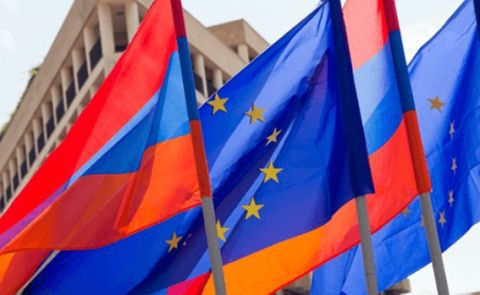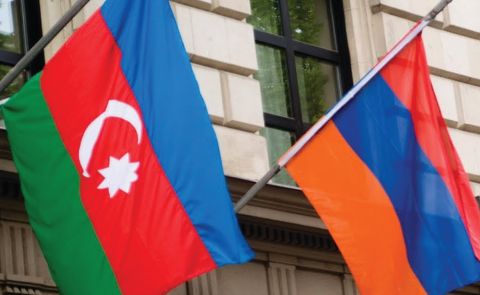
ING's Forecast for Azerbaijan Highlights Oil Price Risks and Gold Export Opportunities

On May 8, ING Group, the largest banking group in the Netherlands, released updated forecasts for the economic outlook of the CIS-4 countries—Azerbaijan, Armenia, Kazakhstan, and Uzbekistan—considering global economic challenges and declining oil prices, according to Report.
ING estimates that each dollar increase in the average annual oil price generates approximately $300 million in export proceeds and $150 million in budget revenues for Azerbaijan. The report warns that a $5 decrease in oil prices in 2025 and an $11 drop in 2026 could result in Azerbaijan losing about 2% of its GDP over two years. Kazakhstan would see its budget and current account deficits rise by 0.3–0.6 percentage points of GDP for a similar price decline. Every additional dollar per barrel provides Kazakhstan with $550 million in export revenues and $150 million in fiscal revenues.
The report highlights that Azerbaijan and Kazakhstan remain highly vulnerable to oil price fluctuations, with oil accounting for 88% of Azerbaijan’s exports and 55% of Kazakhstan’s, as well as 52% and 22% of their respective budget revenues.
For Armenia, ING predicts mixed outcomes. Higher gold prices and falling oil prices are expected to improve its current account balance by about 1 percentage point of GDP in both 2025 and 2026, supporting the ongoing appreciation of the dram. Additionally, Armenia’s relatively lower trade exposure to the EU and China (10–20%) compared to Azerbaijan and Kazakhstan (50–60%) could better shield it from potential slowdowns in trade partners. However, the report cautions that the small size of Armenia’s economy and financial markets, combined with region-specific risks, may limit its ability to fully capitalize on improved capital flows and economic activity.
In Uzbekistan, ING emphasizes the positive impact of stronger gold prices, with gold export volumes rising to approximately 17 metric tons per month between February and March 2025, matching levels last seen 11 months earlier. The country reportedly earns $3–4 million annually for every $1/oz increase in gold prices. With average gold prices expected to exceed $3,000/oz in 2025, gold export proceeds could increase from $7.5 billion in 2024 to $9.5–10 billion in 2025.
The bank notes that while the CIS-4 region has limited direct exposure to the US, global trade tensions could indirectly affect them through inflationary pressures, higher gold prices, weaker oil prices, and continued outflows from high-risk markets. Consequently, all four economies face heightened inflation risks. Despite market expectations for policy easing, the central banks of Azerbaijan, Kazakhstan, Uzbekistan, and Armenia have maintained unchanged key rates in recent meetings to curb inflation.
ING raised its inflation forecast for the CIS-4 by 0.5–1 percentage point and noted that these countries’ currencies have yet to benefit from the US dollar’s 8% depreciation since the start of the year. Excluding the Azerbaijani manat, which is pegged to the dollar, year-to-date currency movements range from flat for Uzbekistan’s soum to a modest 1.4–1.5% appreciation for the Armenian dram and Kazakhstani tenge.
Finally, ING revised its forecast for Uzbekistan’s current account balance by 1% of GDP for both 2025 and 2026, while lowering expectations for annual devaluation to 3%. Azerbaijan’s economic growth forecast was adjusted to 2.5% for both 2025 and 2026, with average annual inflation projected at 5.1% in 2025 and remaining steady at 5.1% in 2026.
See Also


Armenia Reaffirms Peace Deal Readiness, Criticizes Azerbaijan's Preconditions

Georgian PM to Attend European Political Community Summit

Putin Urges Georgia to Uphold Friendship Traditions, Signature Collection Begins in Tbilisi to Restore Ties

Georgia Imports More Russian Natural Gas Than Azerbaijani Gas for the First Time in 18 Years

